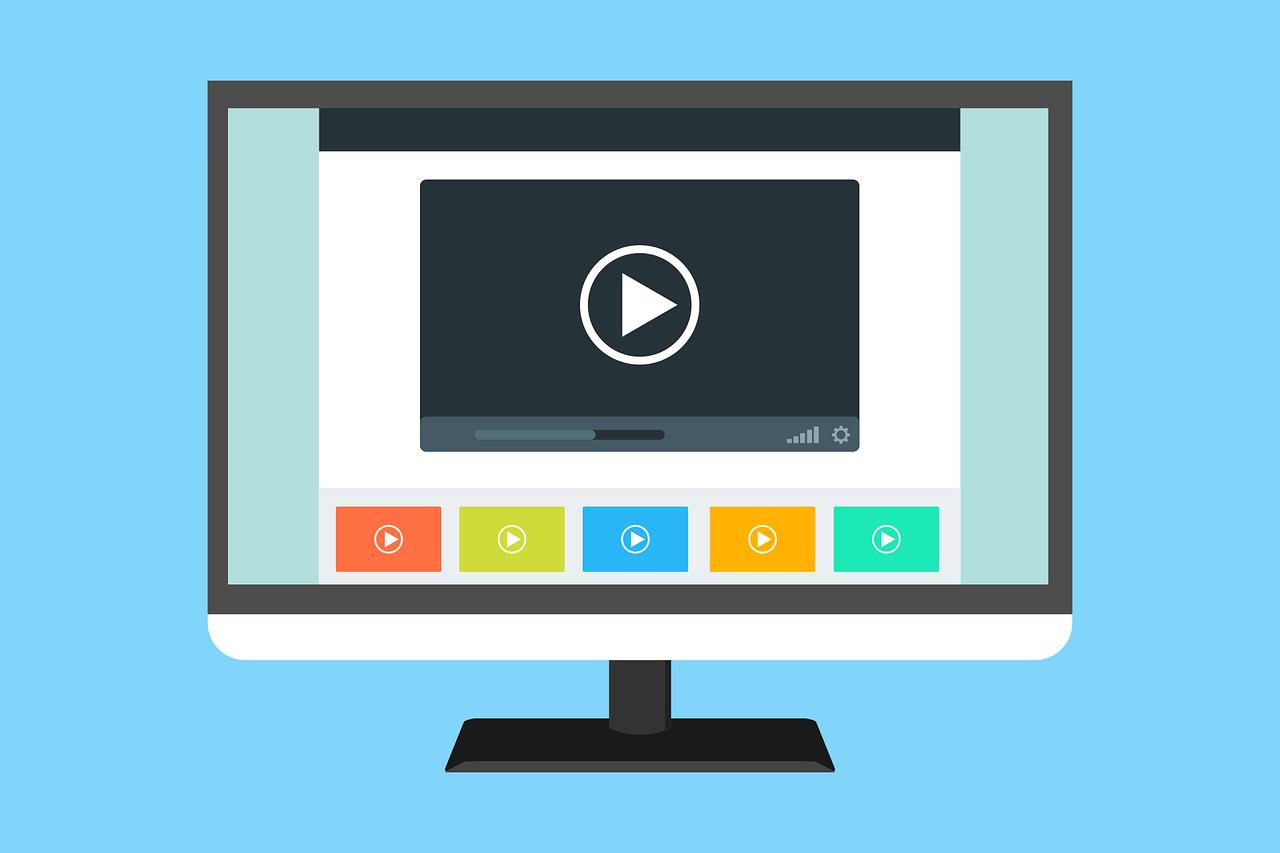Blog Details

Reasons to Choose WebRTC for Video Calling
- September 3, 2021
- WebRTC
- RTCWeb
- Video Conferencing
- video quality
- WebRTC
- webrtc app development
The ability to stream real-time video across browsers without plugins or downloads makes WebRTC ideal for video calling. Moreover, there is no royalty fee levied when your app is using Google’s standard VP8 codec.
The advantages of streaming video via WebRTC have always been apparent. Now companies, big and small, are productizing their potential by utilizing WebRTC for good. There are more reasons than ever to use WebRTC for video calling. Let’s discuss some in detail.
Full Integration
In 2011, WebRTC was just a Google pet project with little to no user base. Now, WebRTC is fully integrated into existing platforms and technologies. Web and cloud-based products and platforms have webRTC as an integral part. For instance, Twilio achieved success with interoperating WebRTC into a hosted VoIP platform.
Integration of WebRTC into existing hosted PBX platforms allows developers to access pre-existing networks of user agents. This way developers can take advantage of WebRTC features on a massively scalable level.
Increased Adoption
WebRTC enabled devices are increasing exponentially. An entire ecosystem of research, development, and products has burgeoned since its inception. Within a year of its release, WebRTC has enabled over 1 billion devices. Chrome, Firefox, and Opera all were fully WebRTC powered by 2014. Last year, even Microsoft embraced the technology.
WebRTC’s ubiquity provides developers more options when adding streaming video to apps. Its adoption is growing and it is dominating information technology completely.
Cost
WebRTC is free and available to all. WebRTC is a technology that does not require expensive licensing fees as an open-source standard. With the open protocol, WebRTC does not burden the consumer with additional costs at the level of production. WebRTC will become more tolerant of proprietary video codecs like H.264 giving versatility of development options.
Efficiency
WebRTC efficiency can be judged by the fact that the complex process of capturing video data is condensed into a single JavaScript command. WebRTC delivers a high level of efficiency to both developers and consumers.
To capture and pass real-time data from the computer’s webcam and microphone to other browsers used to be technically demanding for developers before WebRTC and HTML5. Now with WebRTC’s getUserMedia() command, it is easy for browsers to easily retain and transmit this sort of data to other browsers.
Developers need not worry about building elaborate media engines to run apps. WebRTC takes care of that, allowing developers to focus more on core aspects. WebRTC requires no downloads or plugins and that is a huge benefit for users. It is by default present in Chrome, Firefox, and Opera.
Quality
WebRTC is powered by VP8 which is an open-source video codec. There is no limit on frame and data rates for VP8. The width and height measurements come out to 14 bits each. This allows a maximum resolution of 16384 x 16384 pixels. This quality is equivalent to H.264, a video codec that requires licensing fees.
WebRTC video powers everything from basic video chats to business-grade communications. WebRTC has proved to be a versatile real-time video technology helping with everything from basic video chats (GetOnSIP) to in-browser VoIP phones (OnSIP app).
***
WebRTC is the best protocol available for video calling. Having a WebRTC application for video calls can deliver the quality that gives you an edge over the competition.
RTCWeb.in has the expertise to develop WebRTC powered applications of the future. Our best-in-class services combined with the amazing WebRTC technology can make the best conferencing solution for your specific needs. Contact us now to know more.